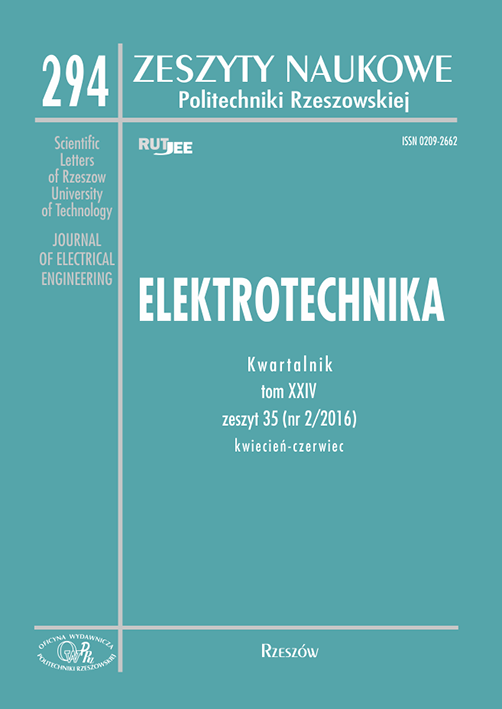Abstract
The purpose of presented article is to show the analysis of the impact of malicious software on operating system performance using application which can collect data about computer resources and it’s further analysis with self-similarity. All studies were about viruses, trojans and adware programs. Infected Windows 8.1 Pro were studied by their impact on CPU, RAM memory and HDD, then they were compared with not infected system. For self-similarity tests Hurst exponent was used.
References
[1] Pilici S.: Remove “Ads by MixVideoPlayer” virus, http://malwaretips.com/blogs/ads-bymixvideoplayer-removal/
[2] http://home.mcafee.com/virusinfo/virusprofile.aspx?key=1080222#none
[3]https://www.microsoft.com/security/portal/threat/encyclopedia/entry.aspx?Name=Trojan:Win32/Folyris.A
[4] Wójcicki R.: Nowe metody modelowania samopodobnego ruchu w sieciach w oparciu o procesy Poissona z markowską modulacją, Studia Informatica, Volume 26, Number 2(63), Politechnika Śląska, Instytut Informatyki, 2005.
[5] Dymora P., Mazurek M., “Network Anomaly Detection Based on the Statistical Selfsimilarity Factor”, Analysis and Simulation of Electrical and Computer Systems Lecture Notes in Electrical Engineering Volume 324, Springer, pp 271-287, 2015.
[6] Mazurek M., Dymora P., “Network anomaly detection based on the statistical selfsimilarity factor for HTTP protocol”, Przegląd elektrotechniczny, ISSN 0033-2097, R. 90 NR 1/2014, s.127 - 130, 2014.
[7] Fernandez-Martinez M., Sanchez-Granero M.A., Trinidad Segovia J.E., “Measuring the self-similarity exponent in Levy stable processes of financial time series”, Physica A 392, Elsevier, pp 5330-5345, 2013.
[2] http://home.mcafee.com/virusinfo/virusprofile.aspx?key=1080222#none
[3]https://www.microsoft.com/security/portal/threat/encyclopedia/entry.aspx?Name=Trojan:Win32/Folyris.A
[4] Wójcicki R.: Nowe metody modelowania samopodobnego ruchu w sieciach w oparciu o procesy Poissona z markowską modulacją, Studia Informatica, Volume 26, Number 2(63), Politechnika Śląska, Instytut Informatyki, 2005.
[5] Dymora P., Mazurek M., “Network Anomaly Detection Based on the Statistical Selfsimilarity Factor”, Analysis and Simulation of Electrical and Computer Systems Lecture Notes in Electrical Engineering Volume 324, Springer, pp 271-287, 2015.
[6] Mazurek M., Dymora P., “Network anomaly detection based on the statistical selfsimilarity factor for HTTP protocol”, Przegląd elektrotechniczny, ISSN 0033-2097, R. 90 NR 1/2014, s.127 - 130, 2014.
[7] Fernandez-Martinez M., Sanchez-Granero M.A., Trinidad Segovia J.E., “Measuring the self-similarity exponent in Levy stable processes of financial time series”, Physica A 392, Elsevier, pp 5330-5345, 2013.





